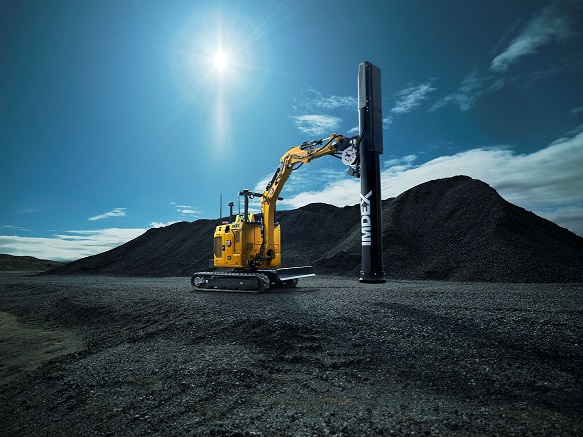Robotics Australia Group and remote operations group AROSE have combined with the aim of strengthening Australia’s robotics and automation ecosystem.
AROSE Director Space & Resources Michelle Keegan recently led the largest mining and METS sector mission to the NASA Ames Research Center in California’s Silicon Valley.
The mission showcased the innovative approaches to exploration, novel robotics and sensing technologies developed by Australia’s METS sector that could be deployed into space exploration.
Keegan said: “By expanding into the space sector, non-space suppliers can become more financially resilient and help diversify the Australian economy.
“Also, through increased cross-sector collaboration staff on both sides are acquiring new skills and expertise.”
Robotics Australia Group is working on an updated Robotics Roadmap for 2025 to identify the challenges and opportunities available for robotics, and to highlight application of robotics technologies, according to a statement.
The group is calling on robotics industry players to contribute to the roadmap through a series of sector-specific webinars in areas including construction, infrastructure, manufacturing, healthcare, defence, agriculture, education, arts, sports and emergency response.
Australia’s leading global mining-tech company IMDEX joined AROSE on the mission to NASA, showcasing its remotely operated BLASTDOG technology, which combines a robotics platform with advanced mine bore hole sensing for use on a mining bench.
AROSE CEO Leanne Cunnold said: “IMDEX is known globally for its exploration drilling technology, deployed on approximately 80 per cent of global exploration drill rigs. This knowledge can also be applied into off-world applications.”
Another innovative company at the NASA workshop was Datarock, which provides machine learning solutions that extracts valuable geological and geotechnical information from images, video and point clouds.
Keegan said: “The combination of these technologies with other drilling technologies already deployed on the Moon and Mars could form part of a future vision for planetary exploration.”
Cunnold said NASA has asked Australia to design, build, test and remotely operate a lunar rover due to Australia’s capabilities in remote operations and autonomous systems.
“When the Australian-made rover rolls out across the Moon in a future scientific mission for NASA, it will be a nation-building demonstration of how the sharing of expertise and technology improves outcomes in space and on Earth.”
Picture: AROSE Rover with solar base


